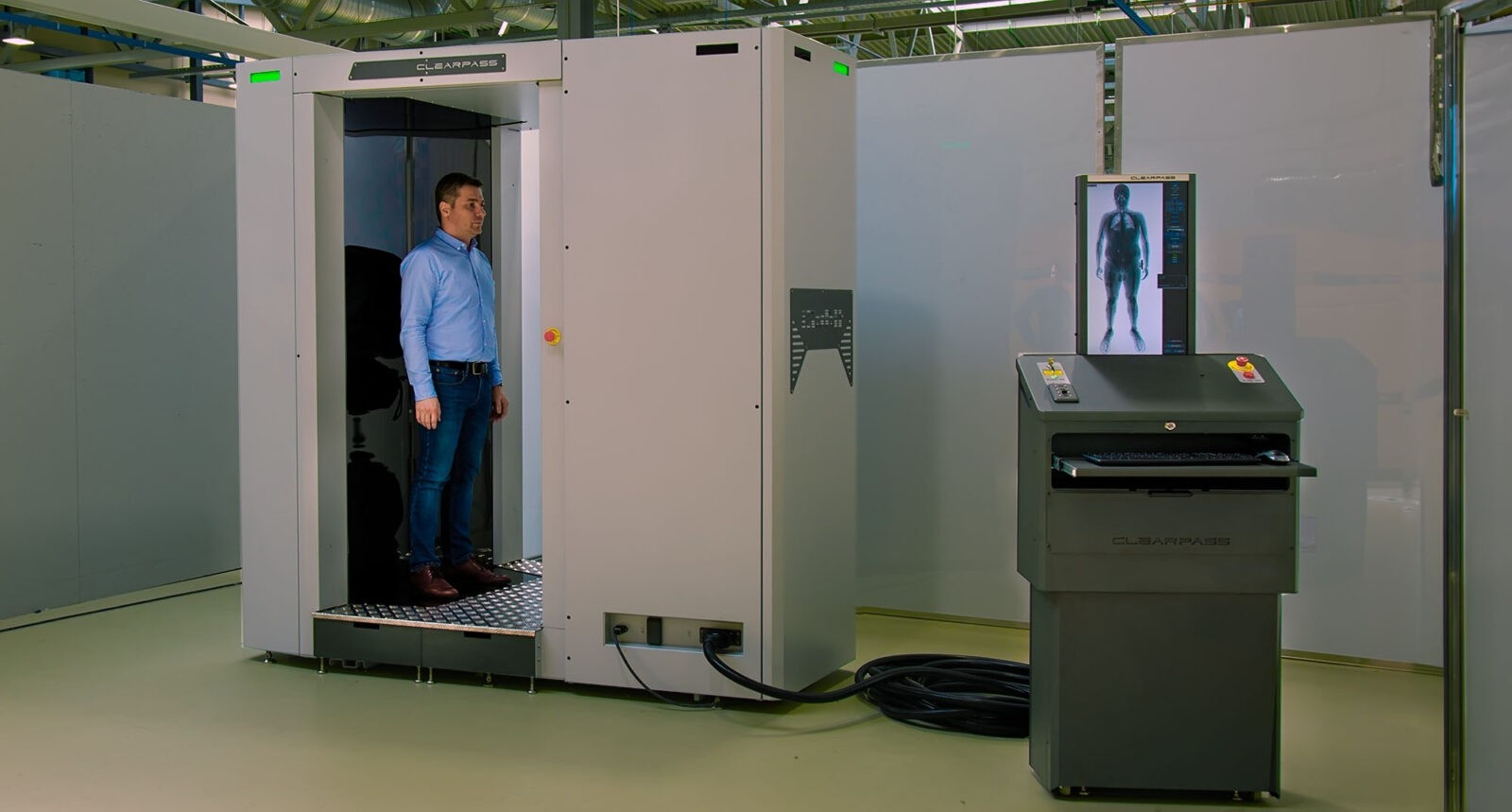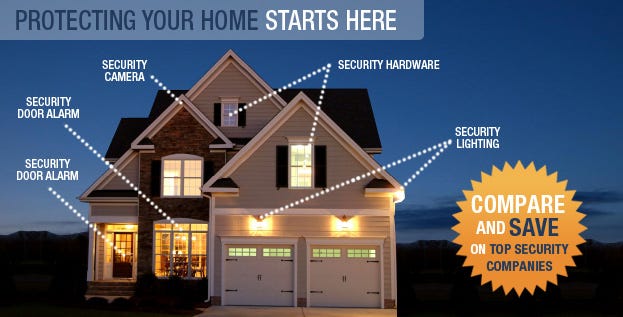Discovering the Function of Accessibility Control Systems in Enhancing Safety Tools Effectiveness and Performance
Access control systems are increasingly recognized as important components in the landscape of security management, providing an organized strategy to manage access to sensitive areas and details. Their capacity to incorporate with different safety and security technologies, such as surveillance video cameras and alarm systems, significantly boosts the total efficiency and efficiency of security procedures.
Comprehending Access Control Systems
Accessibility control systems play an important function in ensuring the protection of different environments, from company offices to sensitive federal government facilities. These systems manage who can enter or leave a designated location, consequently protecting properties and sensitive details. The essential components of gain access to control systems include identification, consent, and authentication processes.
Identification entails verifying a person's identification, generally via credentials such as vital cards, biometric data, or passwords. When recognized, authentication validates the individual's right to gain access to, often with multi-factor verification methods to enhance safety. Lastly, permission establishes the level of gain access to approved, permitting distinguished authorizations based upon roles within the organization.
Access control systems can be categorized into two primary kinds: physical and sensible. Physical access control relate to tangible places, while rational gain access to control governs digital info systems. Both types work synergistically to supply detailed safety remedies.
Integration With Security Technologies
The assimilation of accessibility control systems with various other safety and security technologies is essential for developing an all natural safety atmosphere. By combining accessibility control with video surveillance, breach detection, and security system, companies can improve their overall protection position. This interconnected framework enables real-time monitoring and fast feedback to safety events, boosting situational understanding and operational effectiveness.
As an example, incorporating access control with video clip monitoring makes it possible for safety personnel to confirm access occasions visually, making sure that only authorized individuals are given access. Likewise, when accessibility control systems are linked to security system, any unapproved access attempts can cause immediate informs, prompting quick activity.
Moreover, the combination of accessibility control with cybersecurity measures is progressively crucial in protecting physical properties and delicate data. By aligning physical safety and security procedures with IT security systems, organizations can guarantee that both physical and electronic accessibility factors are monitored and controlled efficiently.
Benefits of Improved Safety Workflow

Additionally, boosted safety and security operations facilitate real-time surveillance and case action. With integrated systems that encompass security electronic cameras, alarm systems, and access controls, security groups can quickly identify and resolve possible risks. This proactive strategy enables prompt interventions, lowering the probability of safety breaches and prospective losses.
In addition, efficient protection operations add to a culture of safety within the company. Workers are most likely to feel even more safe when they know that durable measures remain in place, bring about boosted spirits and efficiency. Furthermore, the usage of information analytics from gain access to control systems enables organizations to analyze safety fads, improve plans, and allocate sources effectively.
Challenges and Considerations

Additionally, organizations should attend to the possibility for information violations. Accessibility control systems frequently deal with sensitive info, and any kind of susceptabilities can reveal this information to unapproved accessibility. access control manufacturers. Ensuring robust cybersecurity measures is vital to safeguard against such risks
User training is another crucial consideration. Employees must understand just how to make use of accessibility control systems successfully, as incorrect usage can result in safety and security gaps. Organizations have to stabilize safety and security with user ease; excessively restrictive accessibility can impede efficiency and lead to workarounds that compromise safety procedures.
Conformity with lawful and regulatory requirements is likewise critical. Organizations must make certain that their gain access to control systems meet sector requirements and local regulations, which can vary significantly. The recurring maintenance and administration of these systems call for devoted sources, making it essential for companies to allot suitable budget plans and employees to guarantee long-lasting performance and efficiency.

Future Fads in Access Control
Expecting the future of accessibility control reveals a landscape progressively formed by technological developments and progressing security needs. One considerable fad is the assimilation of artificial intelligence (AI) and maker understanding, which enhance decision-making capabilities and automate risk discovery. These modern technologies permit for real-time evaluation of access patterns, enabling more adaptive and responsive safety procedures.
Biometric authentication is likewise getting grip, with innovations in finger print, face acknowledgment, and iris scanning modern technologies supplying boosted protection and customer ease. As these systems come to be extra innovative and inexpensive, their adoption across various fields is anticipated to increase.
One more emerging fad you could try these out is the shift in the direction of cloud-based gain access to control systems. These solutions offer scalability, remote management, and centralized information storage space, enabling organizations to enhance and streamline procedures performance.
Additionally, the Web of Things (IoT) is readied to reinvent gain access to control by enabling interconnected tools to interact and share data, therefore improving situational awareness and security responsiveness.
Verdict
In final thought, accessibility control systems significantly improve the efficiency and performance of safety and security devices by promoting precise identification, authentication, and permission procedures. While considerations and challenges exist, the continuous development of gain access to control modern technologies assures to more improve security operations.
Gain access to control systems are progressively acknowledged as necessary parts in the landscape of protection monitoring, giving an organized strategy to manage accessibility to delicate locations and info. visit our website Physical gain access to control pertains to concrete places, while rational accessibility control governs digital details systems.The assimilation of accessibility control systems browse this site with various other safety innovations is necessary for producing an alternative safety and security environment. Access control systems usually take care of delicate info, and any vulnerabilities can subject this data to unapproved accessibility. Organizations must balance safety and security with customer convenience; extremely restrictive access can prevent efficiency and lead to workarounds that jeopardize security methods.